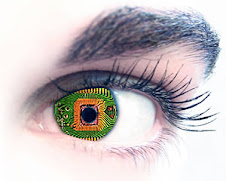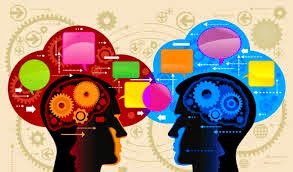

Japanese designer Hiromi Kiriki has tapped Sony Nextep wristwatch computers for this breakthrough innovation slated for a year 2020 release : and what a cool sight on your wrist , indeed.
The raves ran the gamut from hush-hush whispers to all-out awe at what could be such a functional piece of digital technology. Check it out:
“As the two worlds of technology and our own personal lives become seemingly ever more connected, the demand for devices that are small, slim, and that serve a variety of internet based functions has risen over the past couple of years and that trend doesn’t seem to be stopping anytime soon. Sony is contemplating that very same train of thought and by unveiling the Hiromi Kiriki concept, are showing that they mean business when it comes to embracing innovation.”

Just like a lean-but-mean time machine-cum-wearable technology, making you drool at all the magic this little Sweetie can do. The device, designed to be worn as a bracelet, combines and juggles its digital tricks -- flexible organic light emitting diode or OLED displays along with holographic screen projectors, pull-out keyboards for your fingertips, and the whole hoopla of social networking variety from Facebook to MySpace, just like an all-around sleek device always keeping you in the loop within the no-limits territory of communications technology.
Industry analysts took note that this futuristic concept includes two major technologies being touted as “the big enablers of wearable computing” -- via the flexible and affordable OLED touchscreens, as well as holographic screens ( yes, ala Tom Cruise’s “Minority Report”).



BoingBoing.com reports:
“John Underkoffler led the team that came up with this point-and-touch interface concept innovation called the G-Speak Spatial Operating Environment. His company, Oblong Industries, was founded to move G-Speak into the real word -- building apps for aerospace, bioinformatics, video editing and more. But the big vision is ubiquity: G-Speak on every laptop, every desktop, every microwave oven, TV, dashboard.
“It has to be like this… We , all of us, everyday feel that. We build starting there. We want to change it all, “ Underkoffler says.
Interestingly, this could be what the International Telecommunications Union (ITU) , the leading United Nations (UN) agency for information and communication technology issues and the global focal point for governments and the private sector in developing networks and services, has observed years back, that more and more of our formerly “offline personal belongings” ( wristwatches, television, even our kitchens, automobiles, telephones) will make the inevitable move from offline to online: yes, the “Internet of Things”.
In an early 2005ITU statement, the agency predicted:
“With the benefit of integrated information processing capacity, industrial products will take on smart capabilities. They may also take on electronic identities that can be queried remotely, or be equipped with sensors for detecting physical changes around them. Such developments will make the merely static objects of today dynamic ones - embedding intelligence in our environment and stimulating the creation of innovative products and new business opportunities. The Internet of Things will enable forms of collaboration and communication between people and things, and between things themselves, hitherto unknown and unimagined.”
“It seems that we are standing on the brink of a new computing and communication era, one that will radically transform our corporate, community, and personal spheres. With continuing developments in miniaturization and declining costs, it is becoming not only technologically possible but also economically feasible to make everyday objects smarter, and to connect the world of people with the world of things.”











































